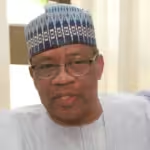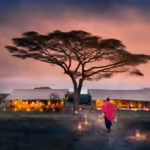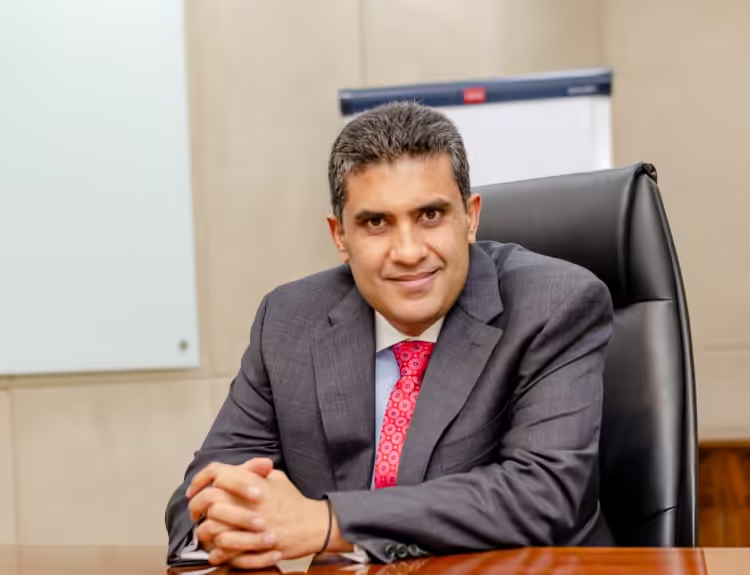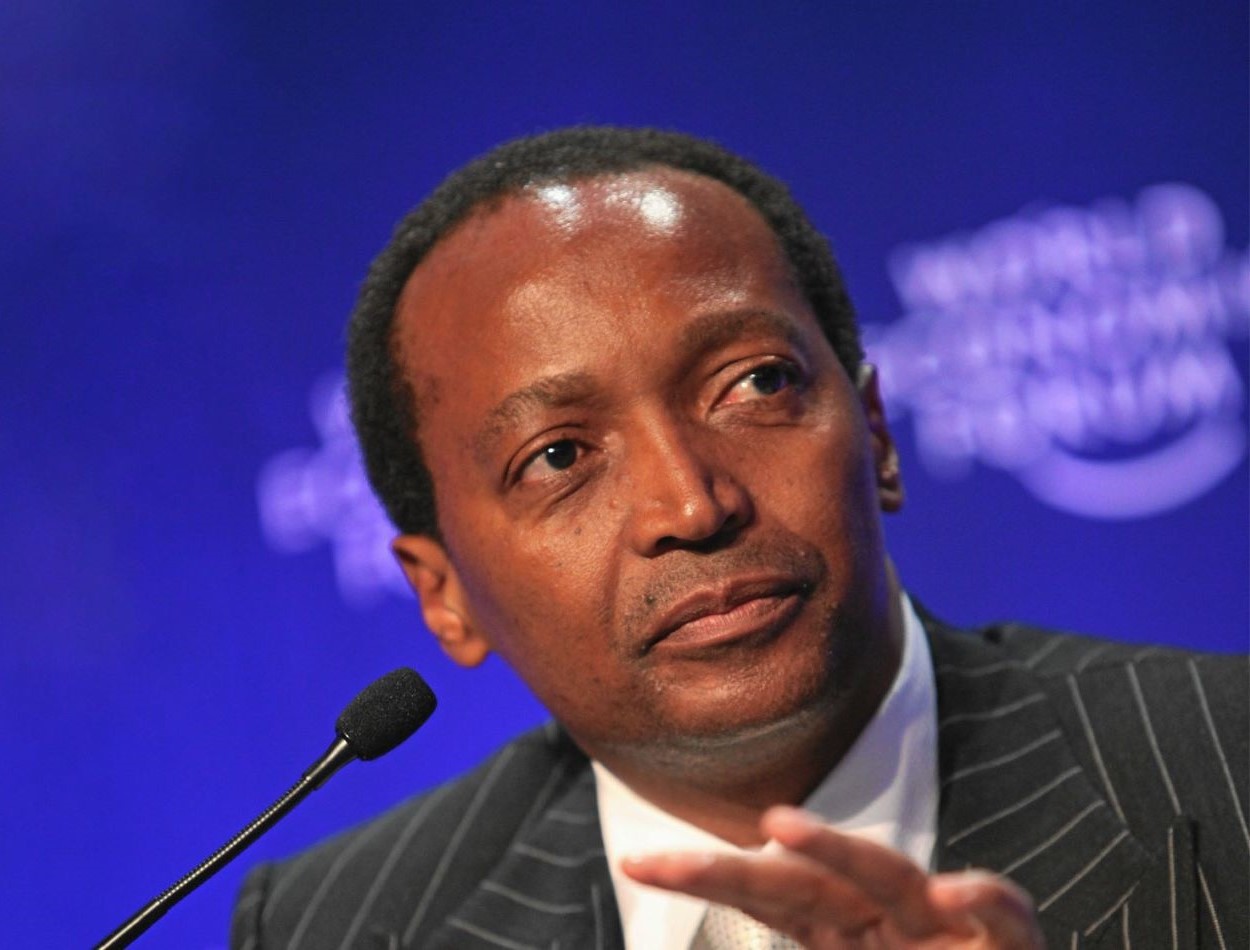The world mourns the passing of His Highness the Aga Khan IV, the 49th hereditary Imam of the Shia Ismaili Muslims, who died on Tuesday in Lisbon, Portugal, at the age of 88. His death was confirmed by the Aga Khan Development Network (AKDN) in a post on X, the social media platform formerly known as Twitter. No cause of death was provided.
Revered as a spiritual leader, visionary philanthropist, and development pioneer, the Aga Khan IV’s impact spanned continents, leaving an indelible mark on millions of lives through a multi-billion-dollar network of institutions and investments. According to an official statement, the identity of the 50th Imam will be revealed in the coming days after reading the Aga Khan’s will.
Born Prince Karim Al-Hussaini on December 13, 1936, in Geneva, Switzerland, the Aga Khan IV was the eldest son of Prince Aly Khan, a noted playboy and diplomat, and his first wife, Joan Yarde-Buller, a descendant of the British aristocracy. His younger brother, Prince Amyn Muhammad, was born the following year.
The Aga Khan spent much of his early childhood in Nairobi, Kenya, before attending the exclusive Institut Le Rosey in Switzerland. He later enrolled at Harvard University, where he studied Islamic history. However, his academic pursuits were abruptly interrupted in 1957 when, at the age of 20, he assumed the mantle of leadership as the 49th Imam of the Ismaili Muslim community following the death of his grandfather, Sultan Mahomed Shah Aga Khan III.

Vision
The Aga Khan IV inherited a title that traced its lineage back to the Prophet Muhammad, making him a spiritual leader to approximately 15 million Ismaili Muslims across 35 countries. His grandfather, Aga Khan III, had bypassed his son, Prince Aly Khan, to name Prince Karim as his successor, citing the need for a leader who could navigate the complexities of the modern world.
Aga Khan III wrote in his will that the “fundamentally altered conditions in the world” required a “young man who has been brought up and developed during recent years and amid the new age, and who brings a new outlook on life to his office.”
The Aga Khan IV embraced this responsibility with a profound sense of duty. He rejected the notion that his role as a spiritual leader required him to withdraw from worldly affairs. Instead, he believed that his position demanded active engagement in improving the quality of life for his followers. “The role and responsibility of an imam,” he said in a 2006 speech, “is both to interpret the faith to the community and also to do all within his means to improve the quality, and security, of their daily lives.”
This philosophy guided his approach to leadership, which seamlessly blended spiritual guidance with practical development initiatives. Under his stewardship, the Aga Khan Development Network (AKDN) became one of the world’s largest private development organisations, focusing on education, healthcare, economic empowerment, and cultural preservation. The AKDN’s projects spanned multiple continents, from Central Asia and the Middle East to Africa and Europe, touching the lives of millions.
A philanthropist
The Aga Khan IV’s philanthropic endeavours were vast and multifaceted. He believed that development was a moral obligation and that economic empowerment, education, and healthcare were essential to improving the lives of marginalized communities. His approach was unique in integrating commercial viability with social impact, ensuring that profits from business ventures were reinvested into development initiatives.
In Kenya, for example, the Aga Khan’s legacy is deeply embedded in the fabric of society. Institutions such as the Aga Khan Schools, the Aga Khan University Hospital, and its satellite facilities have become pillars of education and healthcare in the region. The Aga Khan Fund for Economic Development (AKFED) played a pivotal role in fostering sustainable growth, with investments in industries ranging from agriculture to media. “AKFED does seek to generate profits, but they are entirely reinvested in future development initiatives,” the Aga Khan often stated, underscoring his commitment to long-term, self-sustaining development.

Beyond Kenya, the AKDN’s influence extended to some of the world’s most underserved regions. In Tajikistan, for instance, the Aga Khan accelerated investments in power generation, telecommunications, and healthcare following the collapse of the Soviet Union.
He established the University of Central Asia in Khorog, a testament to his belief in the transformative power of education. Similarly, in Uganda, the Aga Khan played a key role in rebuilding the country’s economy after the fall of Idi Amin, partnering with private equity giants like the Blackstone Group in a $750 million hydroelectric scheme.
A life of contrasts
Contrasts marked the Aga Khan IV’s life. On one hand, he was a man of immense wealth, with a fortune estimated at between $10 billion to $13 billion. His holdings included luxury hotels, airlines, racehorses, newspapers, a private Caribbean island, and a sprawling estate north of Paris.
He travelled on private jets and a luxury yacht and his lifestyle was often described as lavish. Yet, he rejected the notion that his wealth conflicted with his charitable ventures. Instead, he saw his ability to prosper as complementary to his duty to enhance the lives of his followers.
“The notion of the divide between faith and world is foreign to Islam,” he once said. “An imam is not expected to withdraw from everyday life. On the contrary, he’s expected to protect his community and contribute to their quality of life.” His diverse projects reflected this belief, which ranged from developing the ritzy Costa Smeralda resort area in Sardinia to establishing health initiatives for the poor in the developing world.
A man of many passions

The Aga Khan IV had many passions, from thoroughbred racehorses to architecture and sports. He competed for pre-revolutionary Iran in skiing at the 1964 Winter Olympics in Innsbruck, Austria, and was an avid equestrian. His love for horses led him to inherit a lucrative equestrian empire from his father, Prince Aly Khan, who died in a car crash in 1960.
Over the years, the Aga Khan owned, trained, and bred many champion horses, including the filly Valyra, which won the prestigious Prix de Diane in 2012. However, his equestrian pursuits were not without tragedy; his stallion Shergar was abducted in Ireland in the 1980s and never seen again.
A legacy
The Aga Khan IV’s life was not without challenges. He faced numerous crises affecting his followers, including the expulsion of Asians from Uganda by dictator Idi Amin in 1972 and the civil war in Tajikistan in the 1990s. In both instances, he leveraged his global connections to provide support and refuge for his community. His friendship with Canadian Prime Minister Pierre Elliot Trudeau, for example, enabled thousands of Ismaili Muslims to emigrate to Canada when they were forced to leave Uganda.
However, his relationship with Canada was not without controversy. In 2017, Prime Minister Justin Trudeau, the son of Pierre Elliot Trudeau, faced criticism from Canada’s ethics commissioner after accepting the Aga Khan’s hospitality for a vacation at his private residence in the Bahamas. The trip was deemed a conflict of interest, as the Aga Khan Foundation had recently received $38 million in federal support from the Canadian government. For his part, the Aga Khan was officially exonerated.
The Aga Khan IV’s passing marks the end of an era, but his legacy will endure through the institutions he built and the lives he touched. His vision of a world where faith and development coexist harmoniously continues to inspire millions. As the world reflects on his extraordinary life, one truth remains clear: the Aga Khan’s impact will be felt for generations. His belief in the power of knowledge, enterprise, and faith will remain a guiding light for those who seek to build a better, more compassionate world.
He is survived by his children—Princess Zahra, Prince Rahim, Prince Hussain, and Prince Aly Muhammad—his brother, Prince Amyn Muhammad; his half-sister, Princess Yasmin; and four grandchildren. The Aga Khan IV’s life was a testament to the enduring power of leadership, philanthropy, and hope, and his legacy will continue to shape the world for decades.






